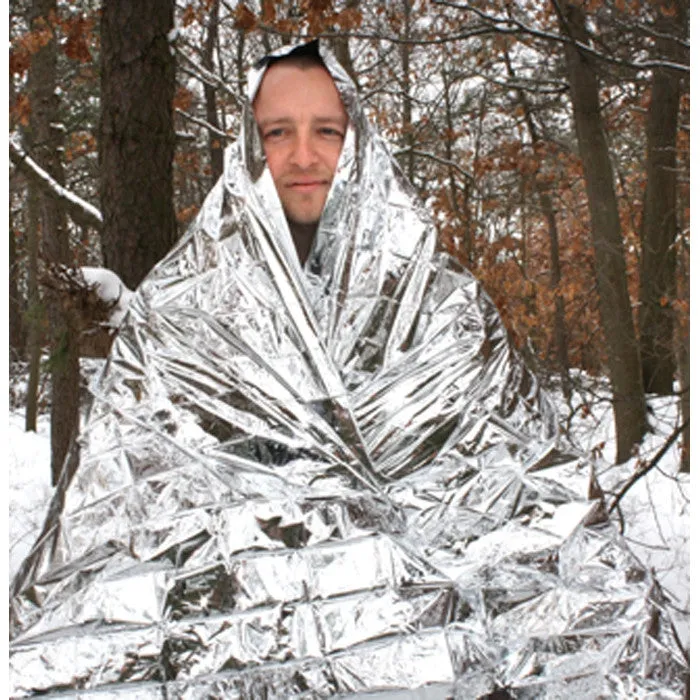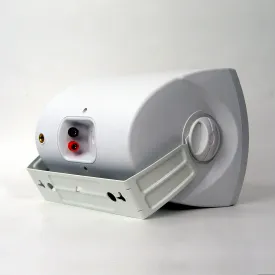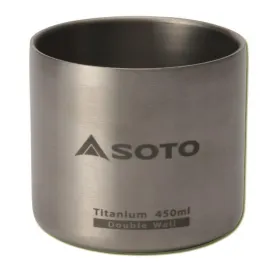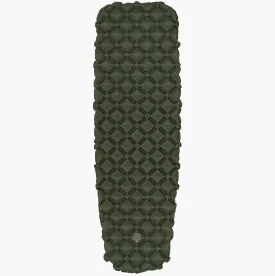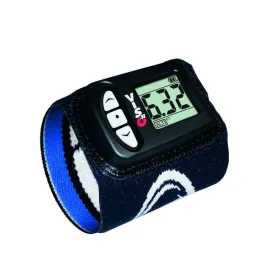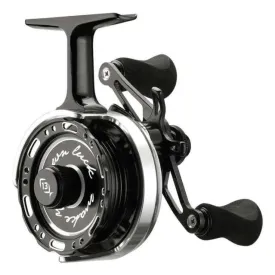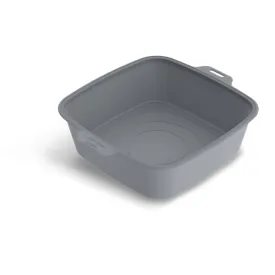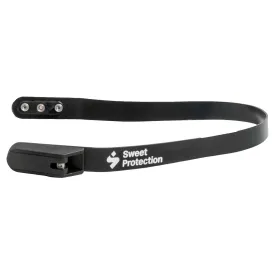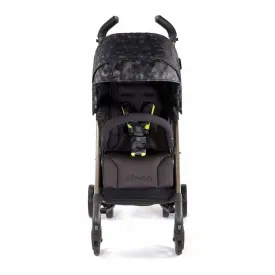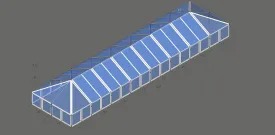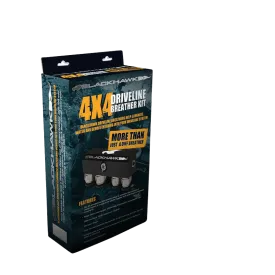Made of polyester material designed from insulation use in space exploration. Reflects and retains 90% of body heat. Lightweight material. Emergency protection in all weather conditions. Waterproof, windproof, will not crack, mildew or shrink. Compact for easy storage in emergency kits, travel gear, car or home. Casualty blankets is usually used in cases of emergency since hypothermia is a major risk for a casualty, the blanket must be wrapped around the casualty to avoid the heat leak. A must for any camping survival kit. Doubles as a suntan blanket. Ideal for hunters, backpackers, or anyone subjected to adverse outdoor conditions. Polarshield survival lightweight emergency blanket. Dimensions: 84" x 53" (l x w) (inches).
About the Emergency Survival Thermal Blanket:
A space blanket (also known as a Mylar blanket, first aid blanket, safety blanket, thermal blanket or weather blanket) is an especially low-weight, low-bulk blanket made of heat-reflective thin plastic sheeting. Their design reduces the heat loss in a person's body which would otherwise occur due to thermal radiation, water evaporation, or convection. Their compact size before unfurling and light weight makes them ideal when space is at a premium. They may be included in first aid kits and also in camping equipment. Lost campers and hikers have an additional possible benefit: the metallic surface appearance flashes in the sun, allowing use as an improvised distress beacon for searchers.Â
First developed by NASA's Marshall Space Flight Center in 1964 for the US space program. In their principal usage, space blankets are included in many emergency, first aid, and survival kits because they are usually waterproof and windproof. That, along with their low weight and ability to pack into a small space, has made them popular among outdoor enthusiasts and emergency workers. Space blankets are often given to marathoners and other endurance athletes at the end of races, or while waiting before races if the weather is chilly. The material may be used in conjunction with conductive insulation material and may be formed into a bag for use as a bivouac sack (survival bag).
In addition to the space blanket, the United States military also uses a similar blanket called the "casualty blanket". It uses a thermal reflective layer similar to the space blanket, backed by an olive drab colored reinforcing outer layer. It provides greater durability and warmth than a basic space blanket at the cost of greater bulk and weight. It is also used as a partial liner inside the layers of bivouac sacks in very cold weather climates. Space blankets are also used by the Taliban to hide their heat signature from NATO forces.




